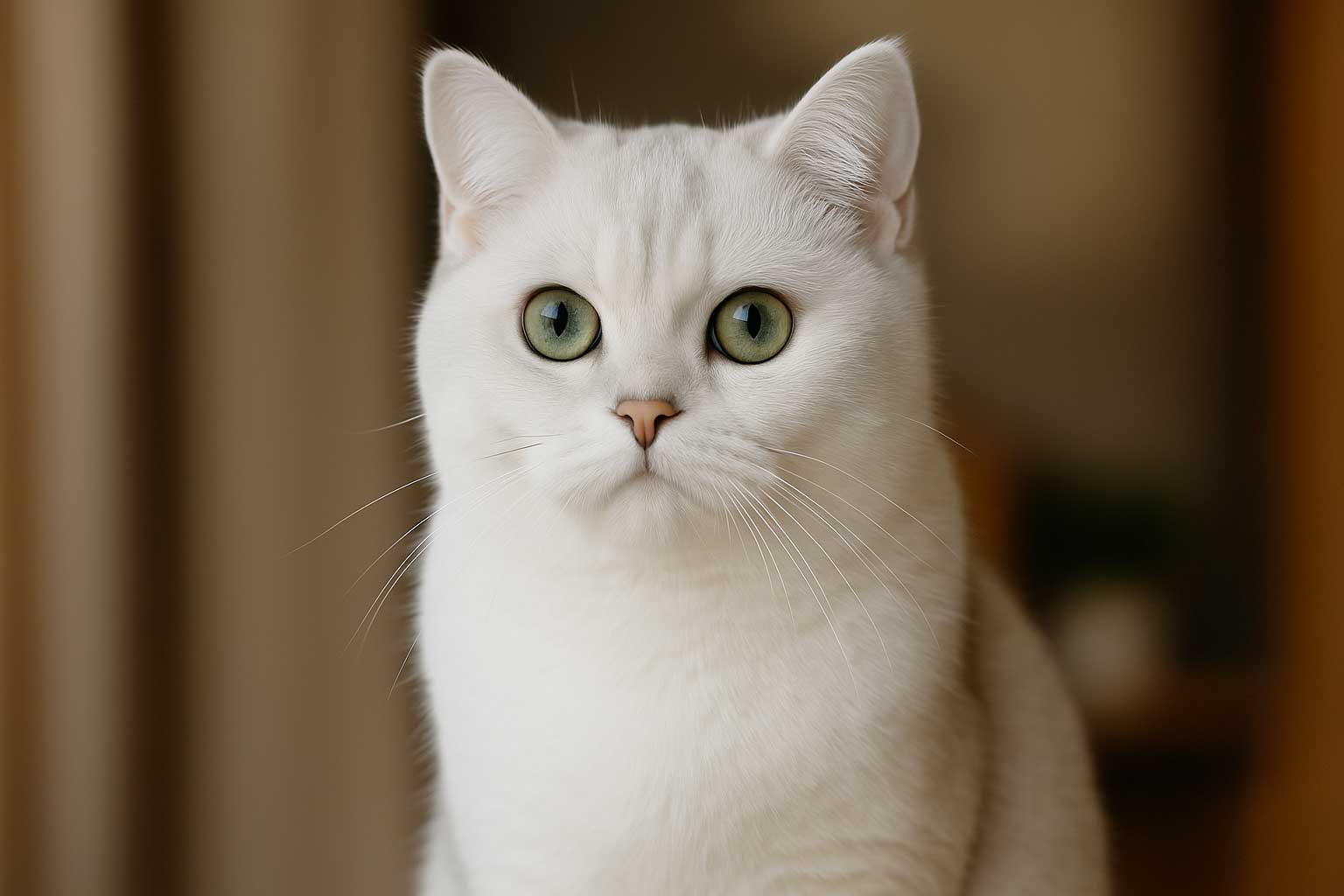
Understanding Cat Behavior: Personality Traits and What They Mean
Introduction
Cats are often described as mysterious and independent creatures, but behind their curious eyes lies a wide range of behavioral and personality traits. From affectionate lap cats to adventurous explorers, every feline has its own unique character.
Understanding your cat’s behavior helps strengthen the bond between you and ensures their emotional and physical needs are met. In this blog, we’ll explore the most common behavioral traits in cats, what they mean, and how you can respond to them.
Common Behavioral Traits in Cats
1. Independence
Cats are known for being independent, but this doesn’t mean they don’t love you. They simply enjoy personal space and moments of solitude.
2. Curiosity
Cats are natural explorers. They love climbing, sniffing, and investigating new spaces. Curiosity keeps their minds sharp but can also get them into trouble.
3. Playfulness
Play is an essential part of feline behavior. Cats use play to practice hunting skills and release energy.
4. Affection
Contrary to stereotypes, many cats are highly affectionate. They show love by purring, kneading, head-butting, or simply sitting near you.
5. Territorial Instincts
Cats are territorial animals. They may mark their space by scratching, rubbing, or even spraying if stressed.
Understanding Cat Communication
Cats communicate primarily through body language and vocalizations.
- Purring: Contentment, comfort, or sometimes self-soothing.
- Meowing: Each tone signals different needs (hunger, attention, distress).
- Tail position: Upright tail shows friendliness; puffed-up tail signals fear.
- Ears: Forward means curious; flattened means anxious or angry.
Personality Types in Cats
Every cat has its own personality, but experts often group them into types:
- The Social Butterfly – Loves people, greets guests, craves attention.
- The Shy Observer – Prefers quiet, hides from strangers, bonds deeply with one person.
- The Adventurer – Energetic, curious, always exploring.
- The Lap Cat – Calm, cuddly, happiest when resting on your lap.
Recognizing your cat’s type helps tailor care and environment to their needs.
Behavioral Problems and Solutions
- Scratching Furniture → Provide scratching posts, use deterrent sprays.
- Aggression → Identify triggers, ensure proper socialization.
- Excessive Meowing → Rule out medical issues, provide stimulation.
- Litter Box Avoidance → Keep litter box clean, check for stress or health issues.
The Role of Nutrition in Behavior
Food affects mood and energy levels in cats.
- Diets rich in protein and omega-3s promote calmness and brain health.
- Poor diets may lead to irritability or lethargy.
With personalized nutrition from Fammo, you can create a diet plan that supports not only physical health but also emotional well-being.
External Resources
FAQs
Q1: Why does my cat knead me?
Kneading is a sign of affection and comfort, often linked to kittenhood.
Q2: Why does my cat suddenly run around the house?
This “zoomies” behavior is a natural way to release built-up energy.
Q3: How do I stop my cat from scratching furniture?
Provide alternative scratching posts and reward use of them.
Q4: Can diet really affect my cat’s behavior?
Yes, poor nutrition can lead to low energy, anxiety, or irritability.
Q5: Are cats really solitary animals?
Not always — many cats enjoy companionship but still value independence.
Summary
Understanding your cat’s behavior is the first step to building a deeper bond. Combine love, patience, and the right nutrition to support their unique personality. Join Fammo today and give your cat the personalized care they deserve.